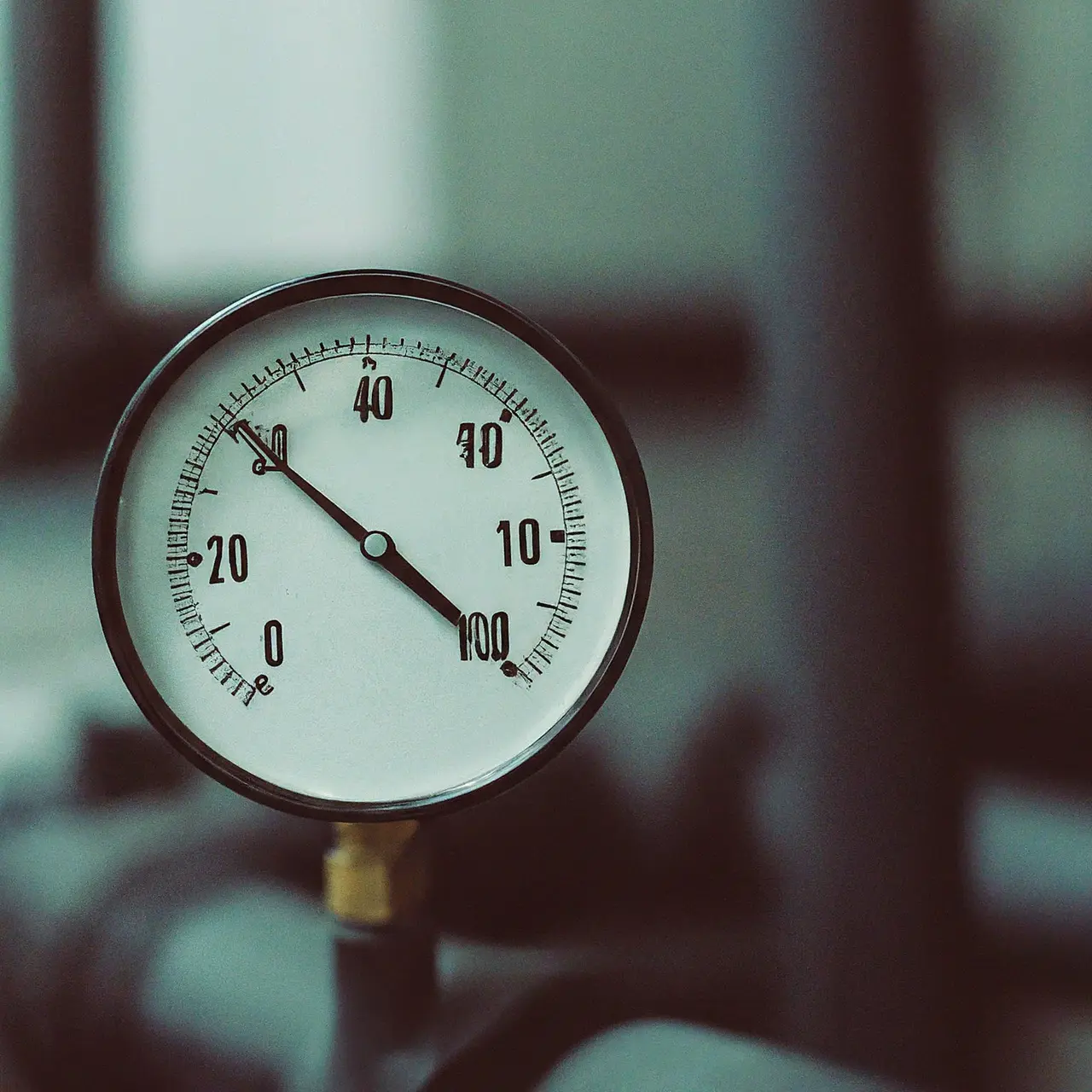Understanding the health of your commercial cooling system is crucial for maintaining an efficient, comfortable, and safe environment. This guide will walk you through the key signs that your cooling system needs repair, helping you to act promptly and avoid costly breakdowns.
Unusual Noises: When to Listen Closely
One of the clearest signs that your commercial cooling system might be in need of repair is the emergence of unusual noises. It’s not uncommon for systems to start making audible protests when something is amiss. Sounds such as clanking, banging, or hissing can indicate a range of issues, from loose parts to more severe problems like refrigerant leaks. These sounds should not be ignored, as they can be the early warning system that preempts a full system breakdown.
The type of noise and its origin within the cooling system can provide key insights into the underlying issue. For instance, a hissing sound often signifies a refrigerant leak, which can significantly impair the system’s cooling capacity and efficiency. On the other hand, banging or clanking noises might suggest that a component within the system has become loose or dislodged. Promptly addressing these auditory clues can prevent small problems from escalating into more significant, expensive repairs.
Rising Energy Bills: A Telltale Sign of Inefficiency
An unexpected rise in energy bills often serves as a red flag that something is not functioning correctly within your commercial cooling system. It’s natural for energy usage to fluctuate with seasonal changes; however, a significant or unexplained increase in costs deserves attention. This can indicate that your cooling system is working harder than it should to maintain a comfortable temperature, often due to underlying issues such as dirty filters, leaks, or an aging system losing efficiency.
Inconsistent Cooling: Finding the Hot Spots
Areas within your building that are significantly warmer than others may signal that your cooling system is struggling to distribute air evenly. Inconsistent cooling could stem from a variety of problems, such as ductwork obstructions, a failing compressor, or low refrigerant levels. These issues can compromise the comfort of your space, potentially affecting customers’ or employees’ satisfaction and productivity.
Poor Air Flow: Struggling to Keep Up
If you notice that air isn’t flowing from the vents as powerfully as it used to, it suggests that your cooling system may not be operating as effectively as before. Weak airflow can be due to a clogged air filter, issues with the ductwork, or a failing motor. Regular filter changes are an easy maintenance task that can significantly impact airflow and system efficiency, but if the problem persists, further investigation will be required to diagnose and rectify the underlying cause.
Moisture Issues and Leaks: The Damp Problems
Excess moisture or visible leaks around your commercial cooling system can indicate a problem that should not be overlooked. While condensation can be a normal byproduct of the cooling process, excessive water or refrigerant leakages signal a potential issue. Moisture problems not only pose health risks by encouraging mold growth but can also indicate a refrigerant leak, which could impact the efficiency of your cooling system and lead to more serious repairs.
Strange Odors: Sniffing Out Trouble
Unpleasant smells emanating from your cooling system can be more than just a minor inconvenience. They often indicate underlying issues such as mold or mildew buildup within the system or the ductwork. In addition, a burning smell may suggest electrical problems. Ignoring these odors can not only affect the air quality in your building but can also lead to health problems for occupants and potentially more significant system damage.
Thermostat Issues: More Than Just Numbers
When your commercial cooling system isn’t responding correctly to thermostat settings, it’s a clear indication that there’s a communication breakdown somewhere. Whether the issue lies within the thermostat itself or with the system’s internal controls, discrepancies in temperature settings can lead to discomfort and inefficiency. Troubleshooting or replacing a malfunctioning thermostat is crucial in ensuring your cooling system can maintain the desired temperatures effectively.
Professional Inspection and Maintenance: A Necessity, Not an Option
Routine professional inspections and maintenance are indispensable for the longevity and efficiency of your commercial cooling system. These checks can uncover potential issues before they escalate into costly repairs, saving time and resources in the long run. A professional technician can ensure your system is running at peak efficiency, recommend necessary repairs or adjustments, and ultimately extend the life of your cooling system.
Conclusion: Protecting Your Investment
Recognizing the signs that your commercial cooling system needs repair is the first step in ensuring the longevity and efficiency of your equipment. Regular maintenance and timely repairs are essential in preventing minor issues from escalating into major problems. By staying vigilant and responding quickly to the signs discussed, you can protect your investment and ensure that your cooling system continues to operate at its best.



Leave a Reply